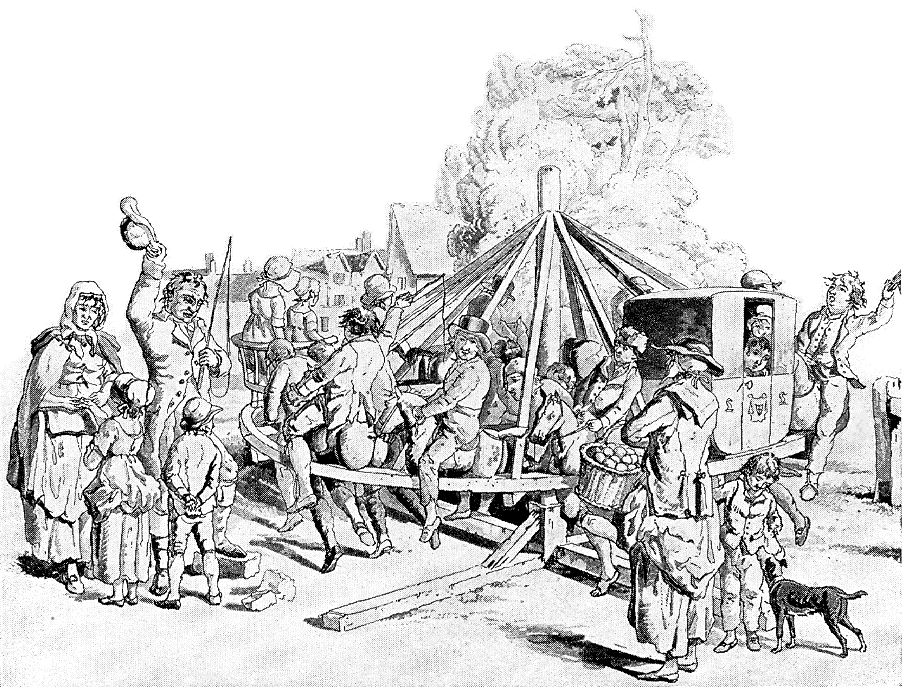From Survival to Well-Being: The Evolution of Living Standards
- Nature insights Desk
- Oct 13
- 3 min read

The "standard of living" concept was somehow newly coined, although it was actually hammered out across history with various factors acting as forces of change throughout time: economic structure, environmental condition, technology, and systems of governance. From ancient survival-oriented subsistence to multidimensional indexes of today, the historical arc tries to explain how human well-being has moved along with material and social development.
Ancient and Medieval Foundations
Depending on how fertile a land was, its irrigation system, and how good its crop yields were, life standards would be high and low for an agrarian civilization in Mesopotamia, Egypt, or the Indus Valley (3000–1500 BCE). Environmental engineering-the annual inundation of the Nile-was instrumental in achieving food security. And yet, there was an acute concentration of wealth: an elite few engaged in building monumental architecture and specialized crafts while the bulk of the population lived at near subsistence levels. Archaeological data suggest the average life expectancy rarely went beyond 30-35 years, predominantly caused by diseases, malnourishment, and wars.
In the Medieval times in Europe (500-1500 CE), feudal hierarchies and little urbanization had made dependent much inequality. The Black Death (1347-1351) drained around 30 to 40% of the population; in certain regions, therefore, the life expectancy went down to below 25. The paradox is that labor scarcity after the plague forced an upward movement in the wages and bargaining power of the peasants, showing how environmental shocks may reconstitute welfare levels..
The Industrial Transformation
The Industrial Revolution opened the great doors. Real wages in Great Britain doubled between 1820 and 1870, while life expectancy at birth increased from about 35 years (1800) to 50 years by 1900. Industrialization also created many environmental hazards: air pollution from coal, unsafe drinking water in rapidly growing cities, and bad working conditions in factories. The debate over living standards—the so-called "pessimists versus optimists" controversy—indicated that although GDP per capita was rising, mortality of the working class due to bad conditions remained high in urban centers until public health reforms came up.
Systems for sanitation, clean water supply, and housing regulations developed during the 19th century proved crucial to infrastructural and environmental intervention in improving living standards. By 1900, urban engineering had prevented cholera from working its funereal magic in London and Paris, thus directly extending life expectancy.
Twentieth-Century Acceleration
The 20th century had never before provided such advances in the living standards because of medical influences, welfare state provision, and technological diffusion. Global life expectancy was raised from 31 years in 1900 to 72 years in 2019 (World Bank). Real GDP per capita in developed countries had jumped over ten times between 1870 and 2000, parallel to massive industrial and technological transformations.
The reshaping of global living standards marked salvage after World War II. Reconstruction in Europe accelerated under the Marshall Plan, with an increase of over 35 per cent in the GDP of Western European countries between 1948 and 1952. Japan experienced an interesting economic phenomenon from devastation in warfare states toward achieving some of the highest living standards in the world by 1970s-largely supported by infrastructure investment, export-led growth, and solid state institutions.
Meanwhile, newly independent states in Asia and Africa faced stumbling blocks to development. Nigeria and the Democratic Republic of Congo, though endowed with natural wealth, suffer geographical disadvantages, including political instability and the weakness of institutions, whereas the East Asian countries like South Korea showed swift improvement from a GDP per capita of merely $158 in 1960 to more than $30,000 by 2020.
.
Modern Indices and Contemporary Challenges
By the late 20th century, scholars acknowledged that GDP was too crude to be a comprehensive measure of human welfare. The Human Development Index (HDI) emerged in 1990 as a composite index involving life expectancy, literacy, and income-theorizing the discourse. Since then, living standards have increasingly been gauged through multidimensional measures-the inequality-adjusted HDI, the Gender Development Index, and indicators of environmental sustainability.
Yet, evaluation through history also reveals new vulnerabilities. Global poverty has decreased from 36% of the world's population living under $1.90/day by the year 1990 to less than 9% by 2020-now climate change, urban overcrowding, and mental health emergencies threaten the living standards. As an instance, heat stress, air pollution, and water scarcity are expected to drain labor productivity in developing regions by 20% by 2050 (IPCC).
The history of living standards emphasizes one crucial lesson: material prosperity is not a sufficient goal in itself. Environmental management has always remained central, from ancient irrigation to modern renewable energy systems. From feudal inequalities to contemporary social inclusion, it is the quality of political and institutional input that determines whether well-being results from resource distribution.
Thus, living standards can be thought of as an evolving system trajectory changed by economic structures, public health, governance, and environmental sustainability. While there may have been a strong concentration on basic necessity and production in the past centuries, the challenge now lies in airing resilient, equitable, and sustainable living standards for future generations.



Comments